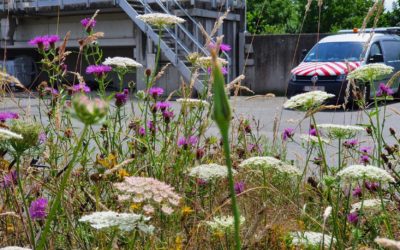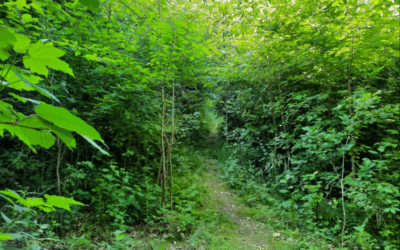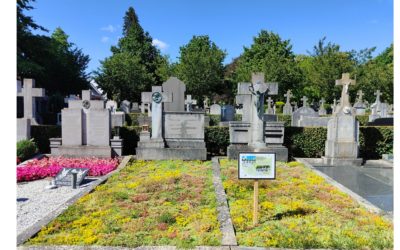Local approach to biodiversity at Aquafin’s wastewater treatment plant sites.
Mini-forêt dans le parc Josephine-Koch
Le projet
Depuis fin octobre 2023, une mini-forêt pousse dans le parc Josephine-Koch, sur le modèle d'une forêt vierge telle qu'elle serait sans activité humaine. Normalement, il faudrait environ 200 ans pour qu'une telle forêt se développe d'elle-même. Grâce à la méthode du botaniste Akira Miyawaki, un résultat similaire est obtenu en 20 ans.
Cette méthode s'inspire des mécanismes et de la diversité de la nature : 15 à 30 espèces d'arbres et d'arbustes indigènes sont plantées dans une seule et même forêt. Ces espèces cohabitent très bien et sont parfaitement adaptées aux conditions climatiques du site de plantation.
Cet habitat devient de plus en plus complexe et, en équilibre avec les conditions pédologiques et climatiques actuelles, forme un magnifique écosystème qui favorise l'augmentation de la biodiversité.
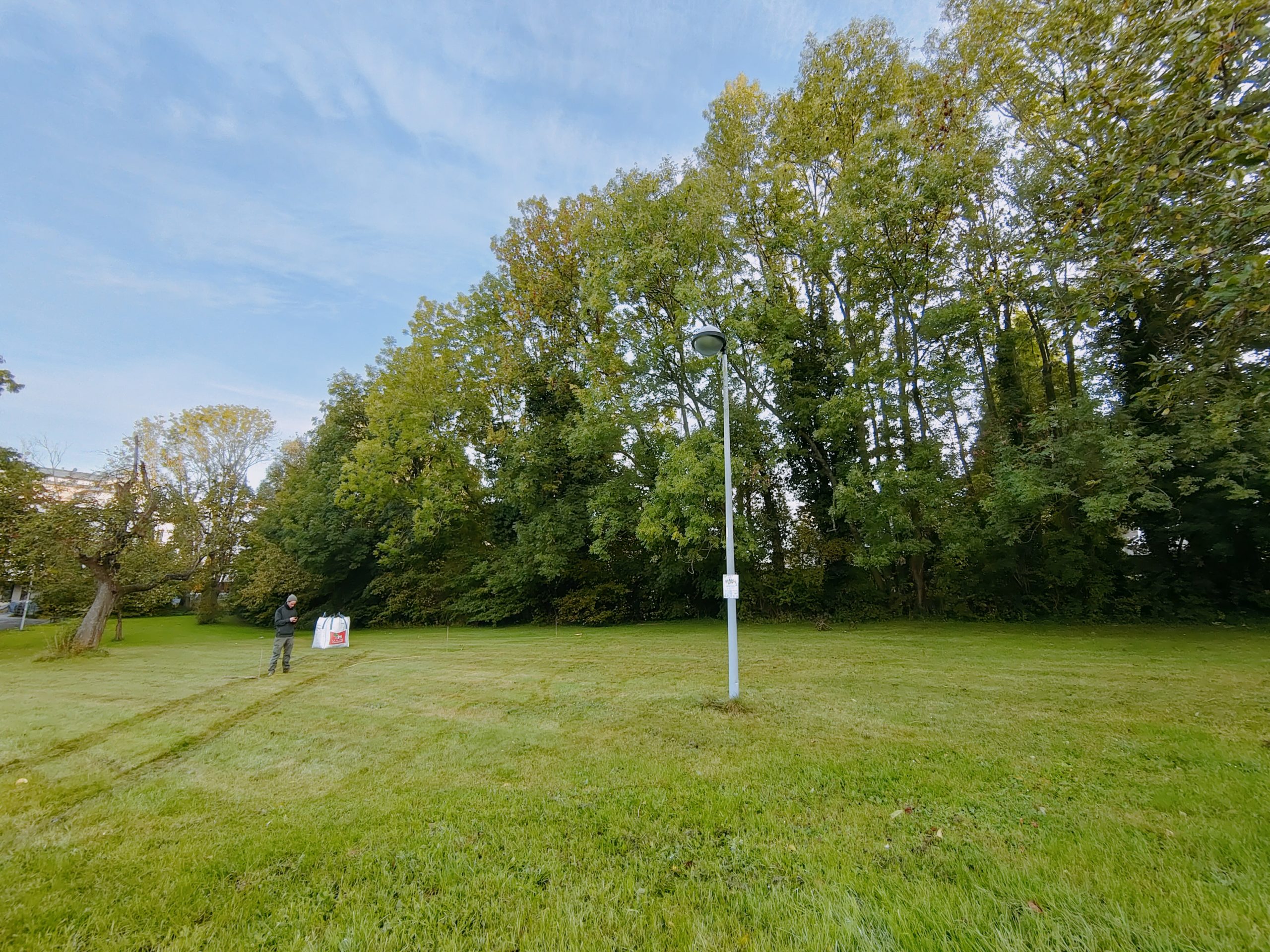
Localisation du projet
Contribution(s)
Coûts du projet
Participant(s)
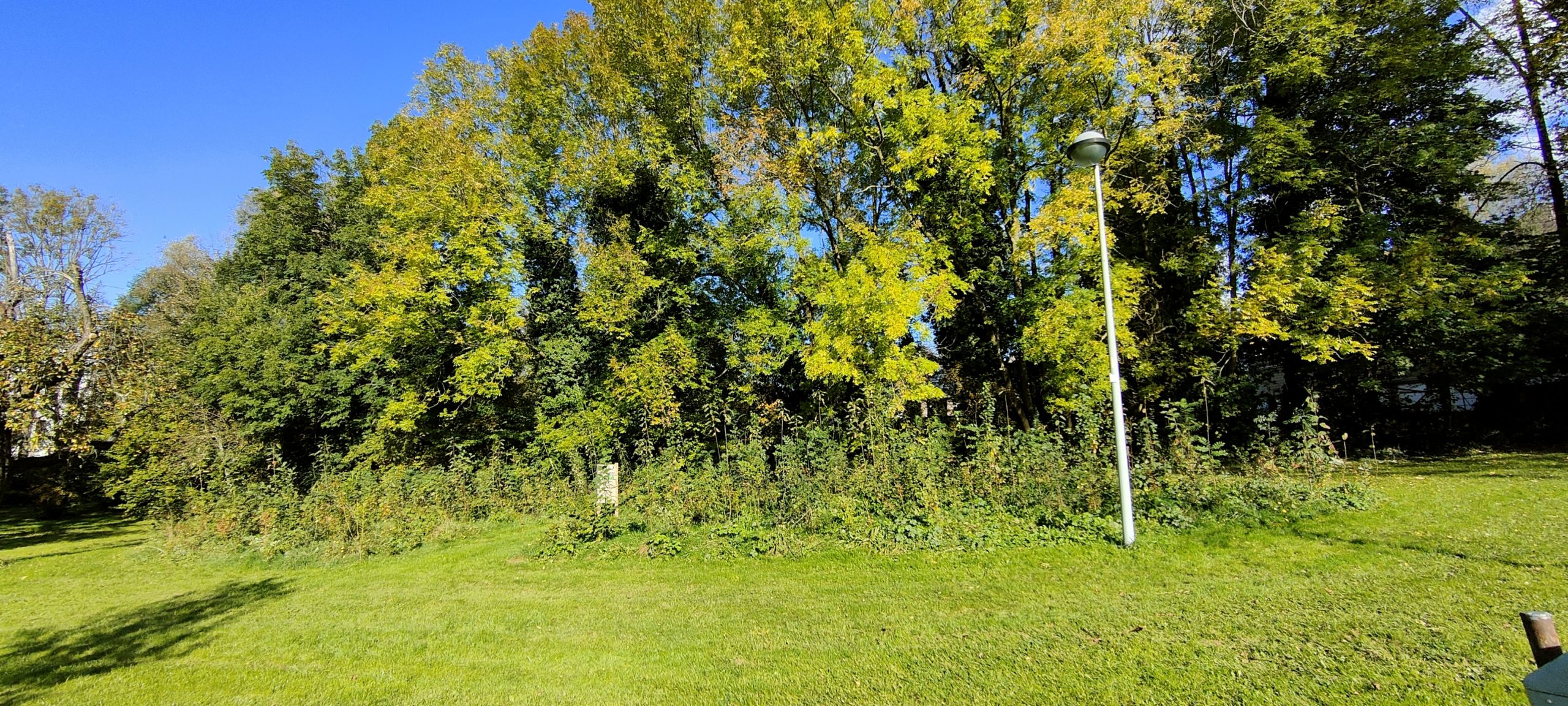
Dit project werd gerealiseerd in het kader van het programma “BiodiverCité” met financiële steun van het Waalse Gewest.
Ce projet a été réalisé par la ville d'Eupen en collaboration avec UrbanForests, des écoles primaires, des jardins d'enfants et des riverains.
Comment les critères de l'objectif sont-ils remplis ?
Zones urbaines et périurbaines
- Respecter et/ou améliorer les caractéristiques écologiques spécifiques à la zone (e.g. respecter la topographie, le type de paysage, la faune et la flore locales);
- Mettre en place une gestion adaptée et favorable à la biodiversité (e.g. réensauvagement et tonte réduite des parcs, jardins, talus, étangs, pas de produits chimiques);
- Le plus de naturel possible/le moins d’altération possible du paysage initial (paysage, qualité de l’eau, des sols, ...);
- Intégrer les aménagements dans la zone et le milieu environnants;
- Utiliser des espèces locales, des sous-espèces plus résilientes et résistantes aux changements climatiques, le cas échéant.
Initiatives possibles dans lesquelles le projet est impliqué :
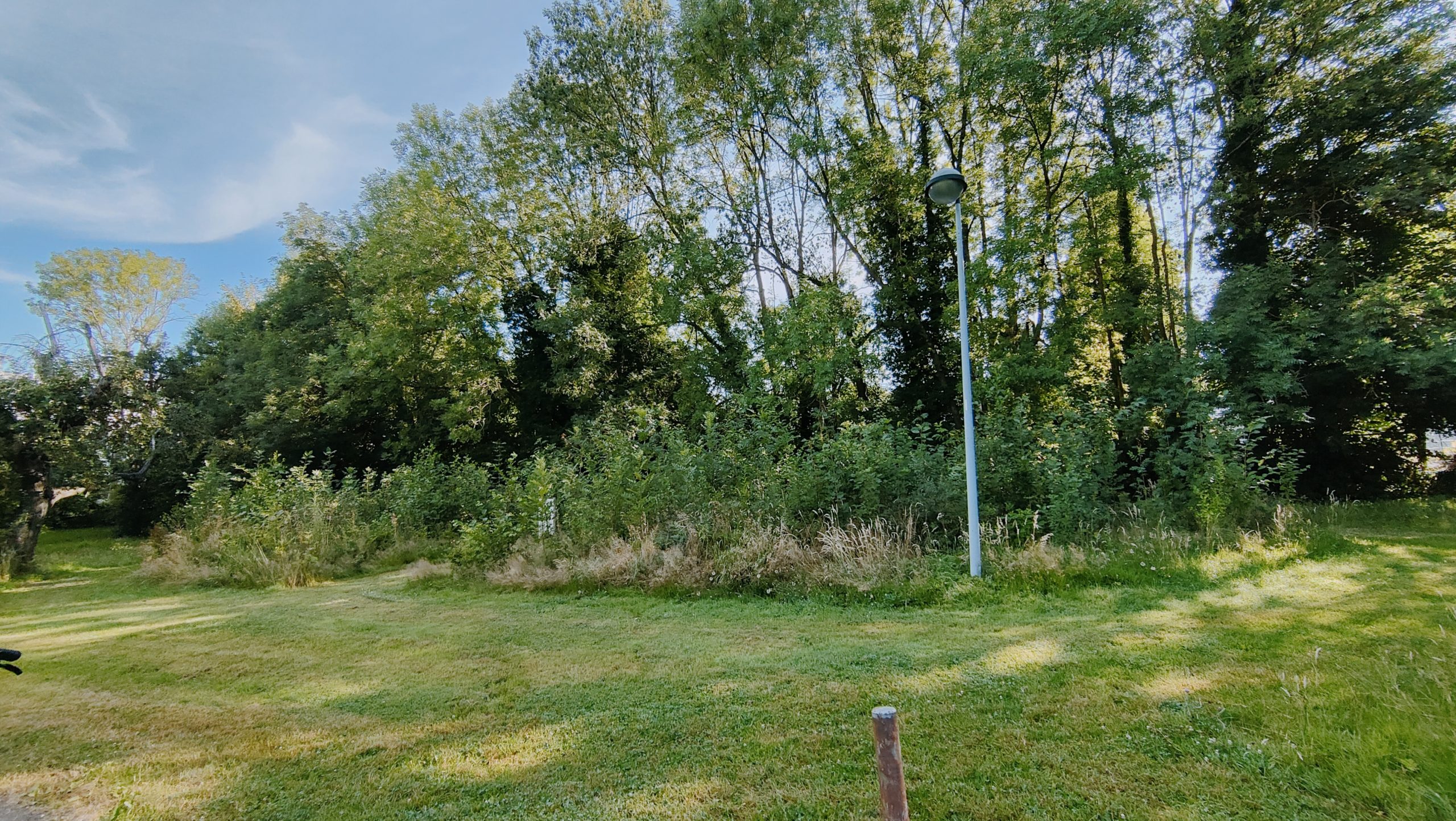
Maintenance à long terme
Seules les deux premières années suivant la plantation ont nécessité un entretien. Les mauvaises herbes ont été retirées à la main afin que les petits arbres et arbustes ne soient pas envahis par la végétation herbacée à croissance rapide. Après deux ans, les arbres et arbustes sont déjà suffisamment développés pour ne plus nécessiter d'entretien.
Avantages
Le site de l'actuelle mini-forêt était auparavant une prairie de fauche dans le parc municipal. La plantation de la mini-forêt a permis le développement d'un magnifique écosystème qui favorise l'augmentation de la biodiversité sur le site.
Nous appliquons les principes de la méthode Miyawaki, originaire du Japon, qui a fait ses preuves dans le monde entier malgré la diversité des sols et des climats. Dans le cadre de cette approche, nous sélectionnons des espèces indigènes adaptées aux conditions locales, sur la base de critères scientifiques tels que la végétation naturelle potentielle (VNP) et des observations sur le terrain. L'objectif est de restaurer plus rapidement un écosystème forestier indigène à petite échelle et ainsi d'accélérer les effets positifs sur le climat urbain, les fonctions de l'habitat et la fixation du CO2. Son emplacement au cœur de la ville en fait un lieu privilégié pour découvrir la nature. Ici, on peut observer la succession forestière en accéléré.
Autres projets liés à l'objectif : « Zones urbaines et périurbaines »
Micro-forêts
UrbanForests est spécialisé dans la création de micro-forêts participatives, 100 % naturelles et selon la méthode Miyawaki.
Cimetière vivant à Eupen
Au lieu de recouvrir les tombes de gravier, on teste ici une végétation permanente nécessitant peu d'entretien.
